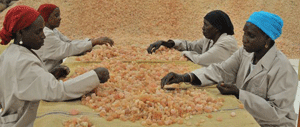About sudan !
The Sudan is the largest country in Africa covering a land area of 2 506 800 km2. It stretches in length over 2 000 kilometers, from 3' 30 to 23 degrees north, and over 1 800 km in breadth, from 12' 30 to 39 degrees East. Its great length gives the Sudan a unique range of ecological systems. It extends from dry, sandy desert in the north and north central regions through the thorny low trees of the low rainfall savannah in the central belt, to the broadleaf high rainfall savannah and lofty closed canopy tropical forests in the southern parts of the central belt and in the south. There is a variation of clay soils in the east and sandy soils in the west containing remarkable variety of flora.

